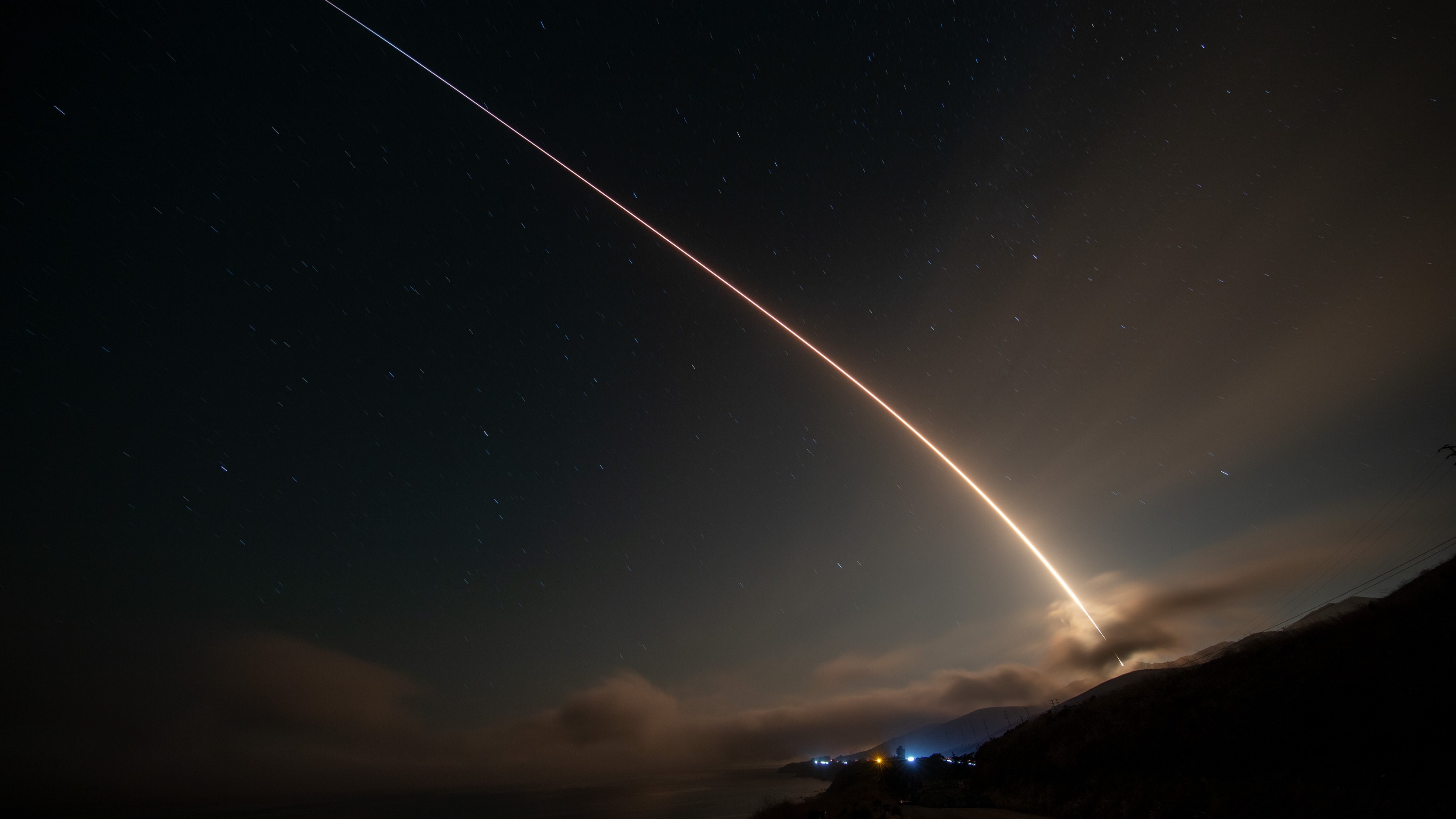SpaceX launched 21 of its Starlink broadband satellites early Monday morning (Oct. 9).
The Starlink spacecraft lifted off atop a Falcon 9 rocket from California's Vandenberg Space Force Base at 3:23 a.m. EDT (0723 GMT and 12:23 a.m. local California time).
The launch action was streamed live via SpaceX's account on X (formerly known as Twitter). Coverage began about five minutes before liftoff.
Related: Starlink satellite train: How to see and track it in the night sky

The Falcon 9's first stage returned to Earth for a vertical landing at sea on the SpaceX drone ship Of Course I Still Love You about 8.5 minutes after launch.
It will be the 14th liftoff and landing for this particular Falcon 9 first stage, according to a SpaceX mission description. One of its previous launches lofted NASA's Double Asteroid Redirection Test (DART), which intentionally slammed a probe into an asteroid in September 2022.
The Falcon 9's upper stage, meanwhile, deployed the 21 Starlink spacecraft into low Earth orbit about 62.5 minutes after launch.
Get the Space.com Newsletter
Breaking space news, the latest updates on rocket launches, skywatching events and more!
Monday morning's Starlink launch was supposed to be the second of two back-to-back Starlink launches. A Falcon 9 had been scheduled to loft 22 Starlinks from Florida's Cape Canaveral Space Force Station earlier on Sunday (Oct. 8) at 9:06 p.m. EDT (0106 GMT on Oct. 9), but high winds caused a 24-hour delay for that mission. SpaceX is now targeting no earlier than Monday, October 9 at 8:42 p.m. ET.
Starlink is SpaceX's internet megaconstellation, which currently consists of more than 4,800 operational spacecraft. But that number continues to rise, as these two Starlink launches show.
Join our Space Forums to keep talking space on the latest missions, night sky and more! And if you have a news tip, correction or comment, let us know at: community@space.com.

Michael Wall is a Senior Space Writer with Space.com and joined the team in 2010. He primarily covers exoplanets, spaceflight and military space, but has been known to dabble in the space art beat. His book about the search for alien life, "Out There," was published on Nov. 13, 2018. Before becoming a science writer, Michael worked as a herpetologist and wildlife biologist. He has a Ph.D. in evolutionary biology from the University of Sydney, Australia, a bachelor's degree from the University of Arizona, and a graduate certificate in science writing from the University of California, Santa Cruz. To find out what his latest project is, you can follow Michael on Twitter.









